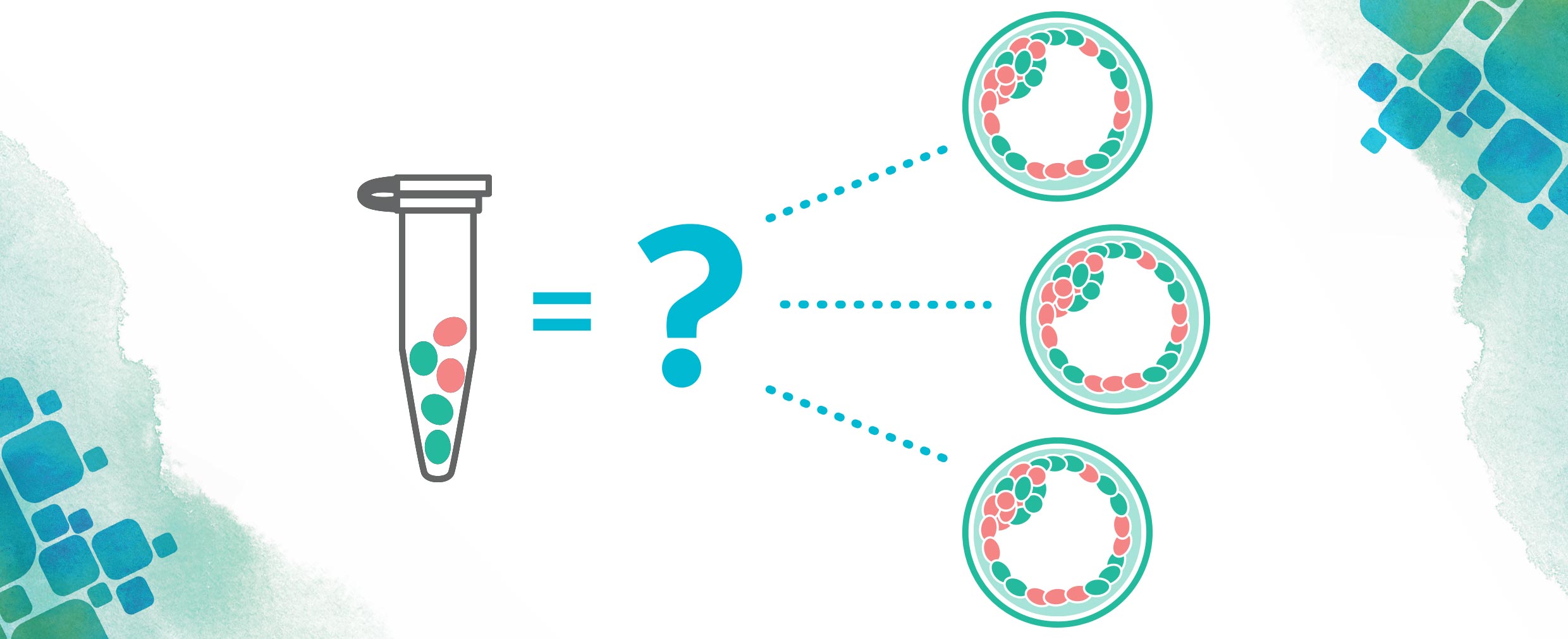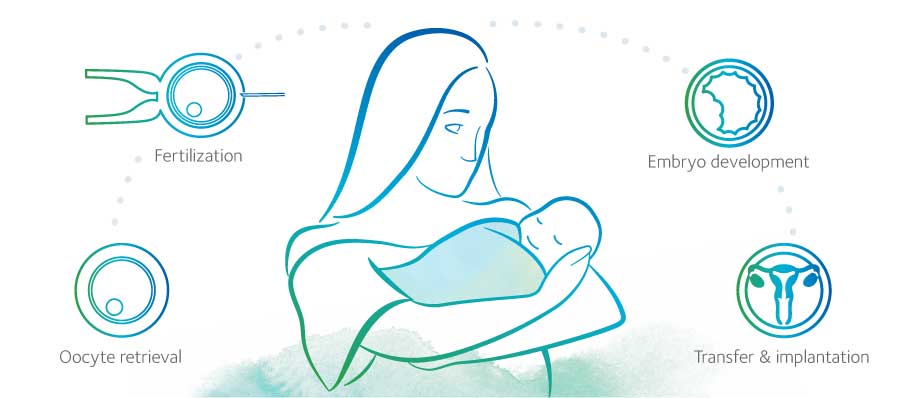Our genes regulate everything about us. From mundane traits like height and hair color, to more interesting characteristics like whether you prefer sweet or salty foods—gene expression, or the way in which our DNA provides instructions to our bodies, is integral in every aspect of our life. For many couples who are dealing with infertility, the concept of gene expression may be new, but it is incredibly important. Why? Because gene expression regulates the window of implantation. Gene expression regulates the what? Allow me to explain.
Remember high school biology? There is only a short time during each menstrual cycle when a woman may become pregnant. This is called the window of implantation (WOI); the time during which the endometrium (the lining of the uterus) is prepared to accept an embryo. For most women who are not undergoing fertility treatment, the WOI occurs 8-10 days after ovulation. For women who are completing a cycle of in-vitro fertilization (IVF), the WOI most often occurs five days after beginning progesterone supplementation. For most… but not for all women. In fact, approximately 30% of women undergoing IVF or other assisted reproductive treatments (ART) have a WOI that occurs earlier or later than what is expected.
Why does this matter? Well, it’s because if a woman completing an IVF cycle has a WOI that occurs earlier or later than expected, it may negatively impact the chance of implantation during embryo transfer. If an embryo is transferred before the endometrium is ready or after the WOI has passed, a pregnancy is less likely to occur, regardless of the quality of the embryo. Differences in the timing of the WOI may also help explain why some couples experience multiple unsuccessful IVF cycles even when transferring embryos that have been identified to be chromosomally normal.
So, how do you determine if WOI issues are impacting your IVF success? It could be as easy as talking to your doctor! Testing is available to evaluate endometrial receptivity (think, “how sticky is my uterus?”). Endometrial receptivity testing evaluates the expression of key hormone-regulated genes in the endometrium. This test is completed on an endometrial biopsy sample (which may sound painful, but rest assured, it typically entails only a minor discomfort, similar to PMS pain). Based on the expression of the genes that are assessed, it can be determined if the WOI is occurring when expected (receptive), or if it is occurring earlier (post-receptive), or later (pre-receptive), than expected. And the best part? The part that makes the biopsy piece of this endeavor potentially worth it? These are results you can act on if you have a displaced WOI. If the WOI is occurring at a time other than what is expected, the timing of embryo transfer may be changed accordingly. For women who have experienced multiple unsuccessful transfers, studies have shown a significant improvement in pregnancy rates1,2,3 for those who have completed endometrial receptivity testing and have had their transfer date changed based on the result.
Currently, endometrial receptivity testing may be most commonly considered for women who have not become pregnant after multiple embryo transfers. Identifying the optimal time for embryo transfer may be one more way to improve the odds of success on your IVF journey.
References:
- Ruiz-Alonso M, et al. Fertil Steril. 2013;100:818–824
- Tan J et al., J Assist Reprod Genet 2018
- Ohara et al, Clinical relevance of a newly developed endometrial receptivity test for patients with recurrent implantation failure in Japan. Reprod Med Biol, 2022
About the Author: Sheila Johal
 Sheila Johal is a Manager of Laboratory Genetic Counseling at CooperSurgical; she counsels patients seeking preimplantation genetic testing. She came to CooperSurgical after nine and one-half years at MetroHealth Medical Center in Cleveland, Ohio, where she provided prenatal, general, and cardiovascular genetic counseling. Sheila graduated with a master’s degree in Medical and Molecular Genetics with a focus in Genetic Counseling from Indiana University – Purdue University Indianapolis in 2006.
Sheila Johal is a Manager of Laboratory Genetic Counseling at CooperSurgical; she counsels patients seeking preimplantation genetic testing. She came to CooperSurgical after nine and one-half years at MetroHealth Medical Center in Cleveland, Ohio, where she provided prenatal, general, and cardiovascular genetic counseling. Sheila graduated with a master’s degree in Medical and Molecular Genetics with a focus in Genetic Counseling from Indiana University – Purdue University Indianapolis in 2006.
Prior to attending graduate school, she also received a Bachelor of Science in Biology and a Bachelor of Arts in Psychology from Kent State University. She has a specific interest in disorders of hemoglobin, CFTR-related infertility, and is passionate about educating genetic counseling students. She currently serves as co-chair of the OAGC Web Design Subcommittee. When she is not working, Sheila enjoys being with her husband and children, listening to baseball on the radio, baking, and reading.






